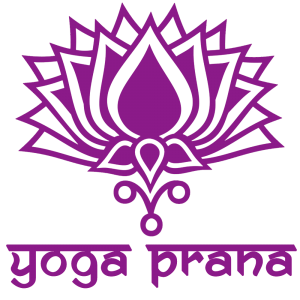
योग
Yog (/ˈjoʊɡə/ Sanskrit: योग) is a group of physical, mental, and spiritual practices or disciplines which originated in ancient India. Yoga is one of the six Āstika (orthodox) schools of Hindu philosophical traditions.
The practice of yoga has been thought to date back to pre-vedic Indian traditions; possibly in the Indus valley civilization around 3000 BCE. Yoga is mentioned in the Rigveda, and also referenced in the Upanishads.
Yoga in Indian traditions, however, is more than physical exercise; it has a meditative and spiritual core. One of the six major orthodox schools of Hinduism is also called Yoga, which has its own epistemology, ontology and metaphysics, and is closely related to Hindu Samkhya philosophy.
योग yoga is derived from the sanskrit root yuj (युज्) “to attach, join, harness, yoke”. The word yoga is cognate with English “yoke”. In the context of yoga sutras, the word Yoga means Union.
The spiritual sense of the word yoga first arises in Epic Sanskrit, in the second half of the 1st millennium BCE, and is associated with the philosophical system presented in the Yoga Sutras of Patanjali, with the chief aim of “uniting” the human spirit with the Divine spirit. The term kriyāyoga has a technical meaning in the Yoga Sutras (2.1), designating the “practical” aspects of the philosophy, i.e. the “union with the supreme” due to performance of duties in everyday life.
Patanjali’s writing defined an Ashtanga or “Eight-Limbed” Yoga in Yoga Sutras 2.29. They are:
-
Yama (The five “abstentions”): Ahimsa (Non-violence, non-harming other living beings), Satya (truthfulness, non-falsehood), Asteya (non-stealing), Brahmacharya (celibacy, fidelity to one’s partner), and Aparigraha (non-avarice, non-possessiveness).
-
Niyama (The five “observances”): Śauca (purity, clearness of mind, speech and body), Santosha (contentment, acceptance of others and of one’s circumstances), Tapas (persistent meditation, perseverance, austerity), Svādhyāya (study of self, self-reflection, study of Vedas), and Ishvara-Pranidhana (contemplation of God/Supreme Being/True Self).
-
Asana: Literally means “seat”, and in Patanjali’s Sutras refers to the seated position used for meditation.
-
Pranayama (“Breath exercises”): Prāna, breath, “āyāma”, to “stretch, extend, restrain, stop”.
-
Pratyahara (“Abstraction”): Withdrawal of the sense organs from external objects.
-
Dharana (“Concentration”): Fixing the attention on a single object.
-
Dhyana (“Meditation”): Intense contemplation of the nature of the object of meditation.
-
Samadhi (“Liberation”): merging consciousness with the object of meditation.

